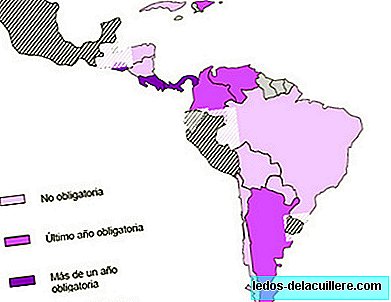We are used to the videos of births, but to see what happens inside the uterus we stay in the images of the baby in ultrasound. 4D ultrasound shows us some parts of the baby in motion, but today we talk about one more step: see the baby completely, and also see how it is born. For the first time we can contemplate the images of a birth inside, performed by magnetic resonance.
The sequence was recorded in 2010 by Christian Bamberg and his team at the Charité University Hospital in Berlin, although we had not been able to see the images on video, just a few frames. The images have now been published by New Scientist.
The team developed a new fetal monitor with the goal that the images shed light on labor and the causes of stagnation. The technique, called "kinematic" magnetic resonance, takes repeated images of the same segment of the body before joining them to create a video.
What this video shows is the last phase of labor, the expulsive. The technique allows to observe the movements of the child through the birth canal and can provide information for cases of complications, although the images have accelerated and we see how the baby starts to leave in just 30 seconds.
The researchers also intend to use this technique and the images it generates to design virtual reality programs that simulate childbirth. No doubt the simulations can be much more adjusted to reality.
And although the professionals who attend births would already be very clear how the baby moves inside to cross the birth canal, for those who still have a hard time viewing it first images of labor inside are surprising.












